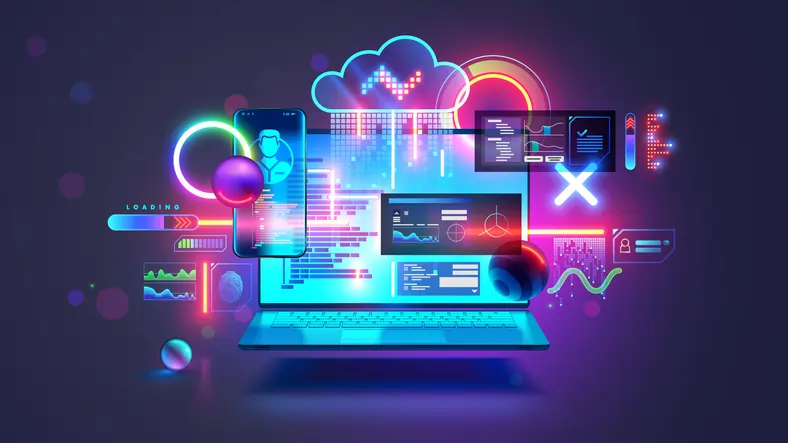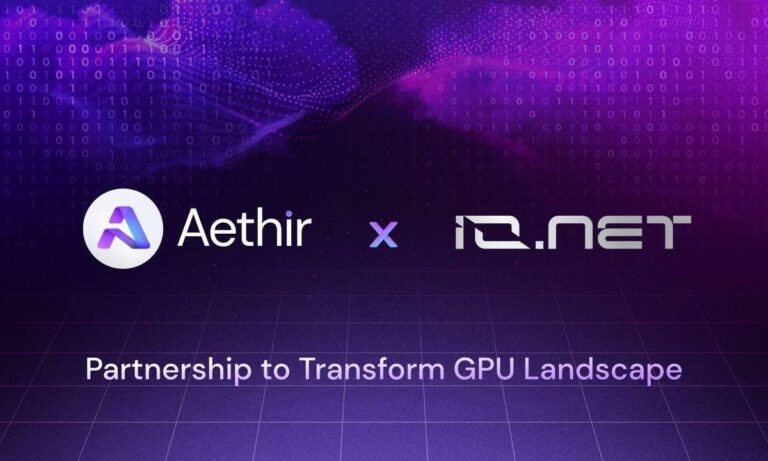Web2 vs Web3 – Why Integration is the Future of the Internet
The sheer potential of Web3 looms over us all, promising decentralization and the democratization of the Internet. Is it going to take over the world?
How about our jobs?
The future of humanity and Web3 tech is complex and much less violent than most people imagine. The fact is, we still need Web2, and we will probably need it for a long time. Amidst the fervor of blockchain enthusiasts and cryptocurrency zealots, it’s easy to forget the lessons and achievements of Web2.
The truth is that the future of digital connectivity isn’t a binary choice between Web2 and Web3. It’s about the successful integration and coexistence of both paradigms. Today, we sat down with Dr. Xiao Zhang from Ample FinTech to discuss this topic.
The Inseparable Twins of the Internet’s Evolution
Web2 is the current state of the Internet. It is characterized by centralized platforms in which the user is the product, not the client.
Giants like Facebook, Google, and Amazon dominate this world. They provide services in exchange for data, which they use to fuel their algorithms and ad revenues. Web3, on the other hand, is the blockchain-driven, decentralized internet where users control their data and digital assets.




